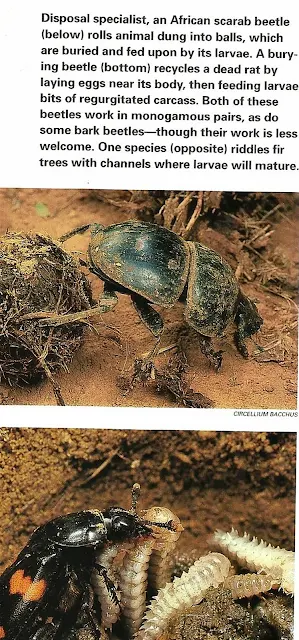Manash Kundu Science Blog And also Blog on Different subjects like : History,Geography, 3D Animations,Cartoons,art etc.
Menu Bar
- KNOWLEDGE-BOOK »
- SCIENCE-BLOGS »
- SUBHADITYA NEWS CHANNEL »
- HISTORY AND ARCHAEOLOGY »
- COMICS AND 3D CARTOONS »
- PHILOSOPHY,ECONOMICS,ANCIENT »
- DURGA PUJA PAGE :ALL BLOGLINKS »
- WORLD ATLAS, GEOGRAPHY »
- JURASSIC DINOSAUR
- HUMAN PHYSIOLOGY
- SUKUMAR ROY`S ABOL TABOL PAGE
- SUPERHEROS ANIMATION PAGE
- PHYSICS WORLD PAGE
- CHEMISTRY WORLD PAGE
- BIOLOGY WORLD PAGE
- HUMAN EVOLUTION PAGE
- HUMAN PHYSIOLOGY
Like Box
Total Pageviews
Subscribe to:
Post Comments (Atom)
Comments
Major Links
My Animated 3D Clips


































 Online Movies
Online Movies
We do know some things about how insects like beetles perceive their world. The compound eye is made of many ommatidia (also called facets, these are the subunits of the eye; each one contains several photoreceptors. An ommatidium of a fruit-fly has 8 photoreceptors; I don't know how it is in beetles). The beetle can see a large field of view; its large eyes with numerous lenses catch light coming from many directions. Insects don't have eye movements like we do, but they move their necks to attend to visual stimuli in different locations; this is hard to study because neurobiologists who study the insect visual system usual fix the head of the insect in place during their experiments.
ReplyDeleteInsects face a problem in that their eyes have many very small lenses, and with small lenses diffraction becomes a major problem. This limits the resolution that is possible for them. The only way to reduce this issue is to increase the size and number of the lenses. One of my professors claimed in a lecture that if humans had compound eyes, we would need them each to be as big as our head to get the same resolution that we have now. The predatory whirligig beetle has really neat eyes which are divided so that one half is good for seeing underwater and the other half is best for seeing in air; evolution invented bifocals before humans did.
Insects can detect movements faster than humans can see, which also makes experimenting with insects difficult. A movie is just a bunch of stationary pictures shown so quickly that humans can't see the flicker. So if you want show a movie to an insect and see how it reacts (and how the neurons in its visual system react) you can't just show a movie that looks fine to humans and know that the insect will also see a smoothly-moving image; you have to try to find some way to check that the frame-rate is also appropriate for the experimental animal.
Some insects can see the polarization of light, though I don't remember whether this is true of beetles. Perception of color varies among insect species. Bees can see four colors (RGBUltraviolet). I also know of butterflies that see the same colors as bees. I don't think people are really sure what colors flies can see. I think they have ultraviolet-sensitive photoreceptors, but I don't think it's known whether these receptors are used for color perception or just achromatic vision. I have no idea about beetle color vision.